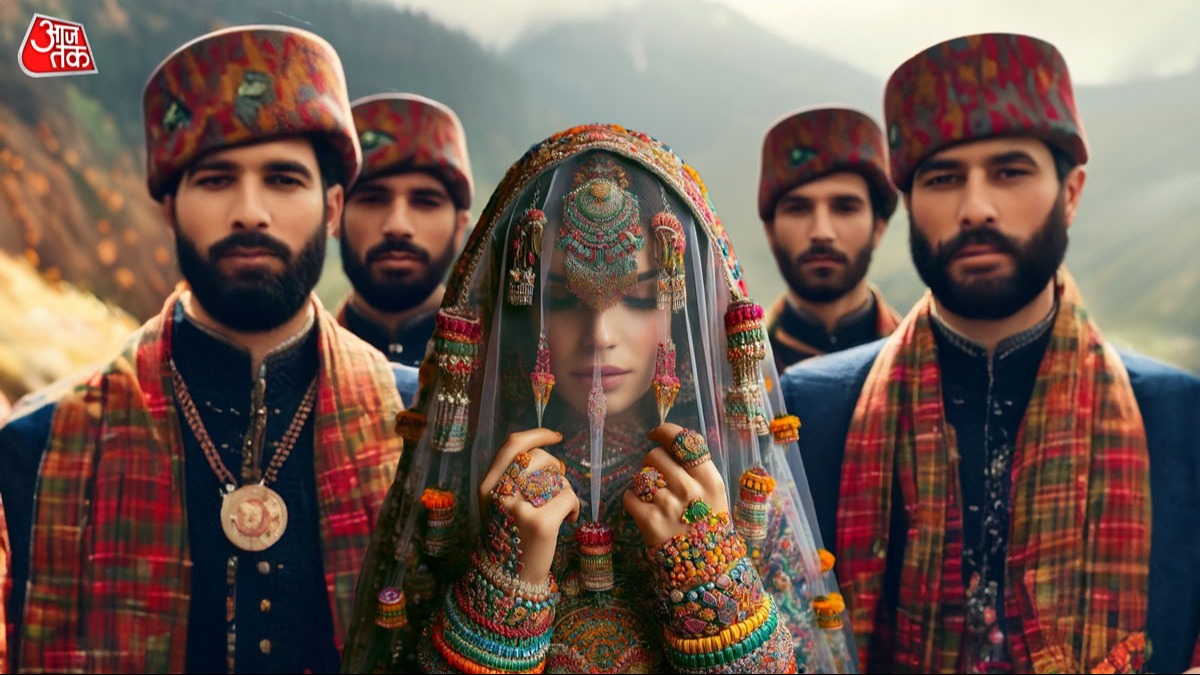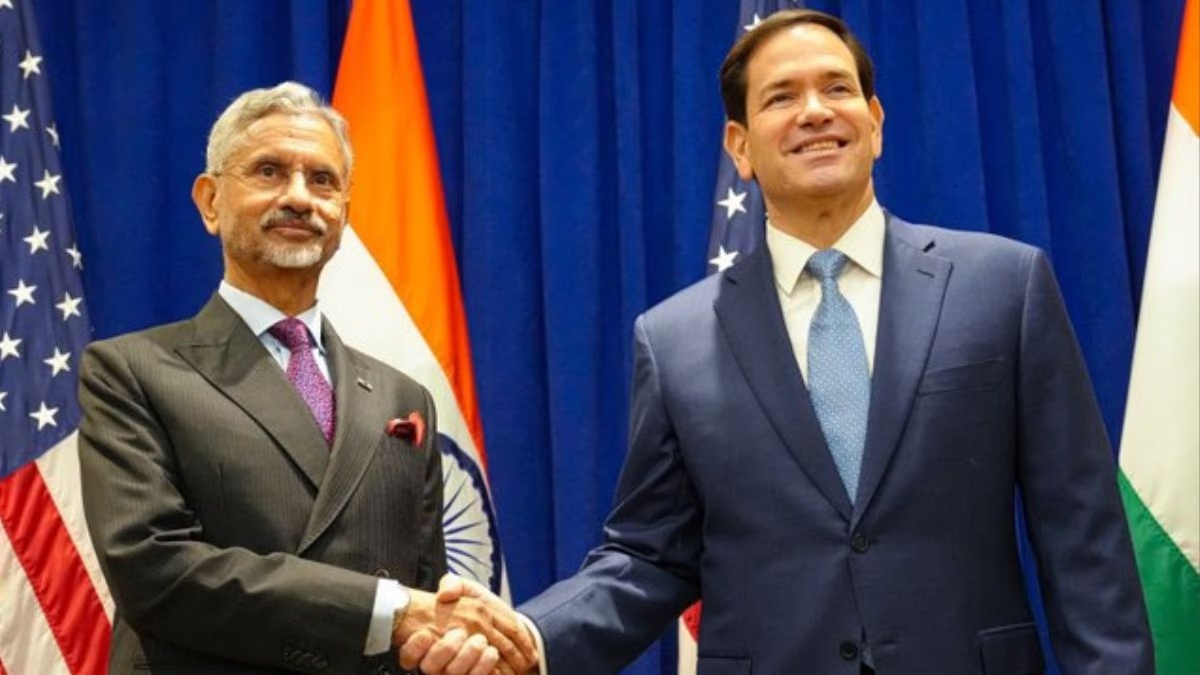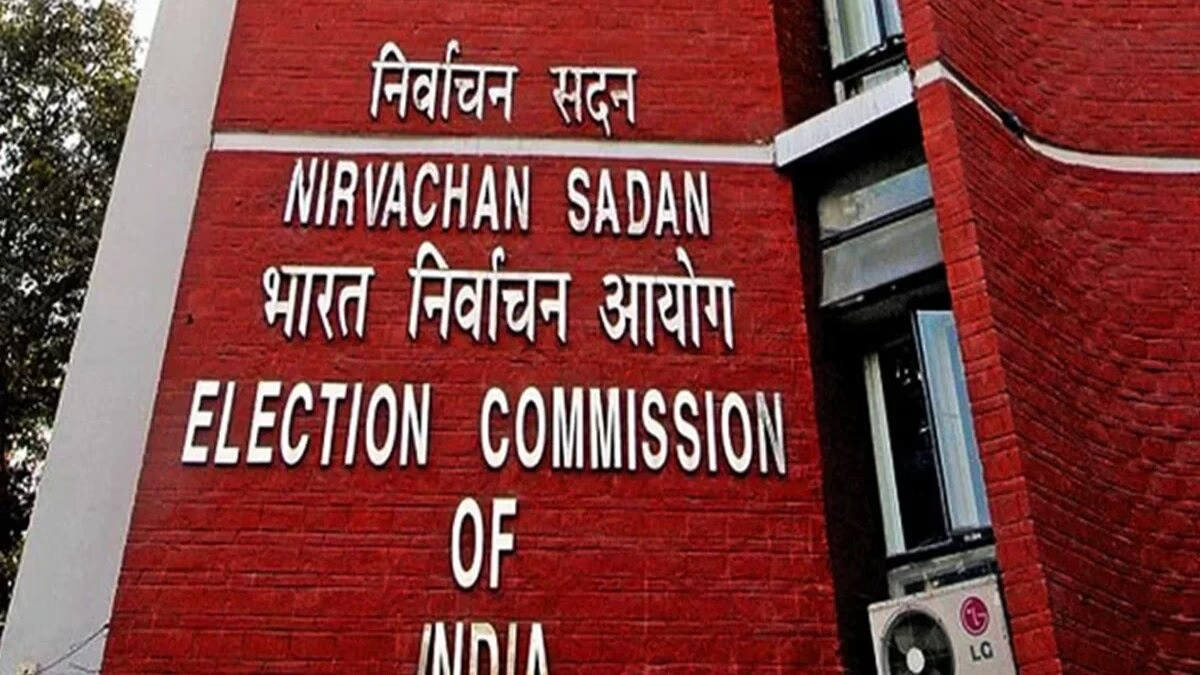About 25 years ago, I was married to the eldest brother. The younger one, still in school then, grew up and the family decided - accept him too. I’m often away, he will keep you company, my husband said. Now I am connected to both, they’ve even scheduled the days to visit my room. One evening comes the elder, the next day it’s the younger. 'Have you ever felt discomfort?' Of course, I did; fretting he might leave me after the closeness we shared! Even when exhausted, I never refused, fearing he might marry another.
Which of the husbands do the children belong to?
We divided that too. The younger got the little boy, and the eldest got three of the children along with my marriage.
Talking beneath a roof of cedar in the Sirmour district of Himachal Pradesh, Sunila Devi openly laughs. Living in a 'joint marriage,' she moves with the agility of a mountain river and has an ease in conversations that’s disarmingly candid. She doesn't shy away when faced with a camera, gazing directly as if challenging - ask what you're thinking, if you dare, I shall answer.
Sirmour is split into two by the Giri river - Giri-par (Trans-Giri) is where the Hatti community resides. Recently recognized as a Scheduled Tribe, many believe such practices like 'Jodidaaran,' the term for this joint marriage system, played a role. Polyandry is common here, often glossed with the allure of burnished reasoning, but the undertone of unshed tears flavors the shared wives' narratives, revealing the saline tang of their silent struggles.
When Sunila came, the family owned little. She shared a single woolen sweater with her mother-in-law. 'When she stepped out, she wore it, or it was mine to use.' They only had a single pair of shoes to share too. So, it was inevitable she’d be ‘shared’ further as well.
Traveling to the Heart of ‘Joint Marriages’
Our journey to meet these women started in Delhi. As we venture into Trans-Giri, the roads narrow, winding tighter - a prelude to the region's undebatable societal norms. Over an expanse of around 1300 square kilometers, in an area hosting 154 panchayats, 147 are home to the Hatti community. The conversation touches upon how lands and hearts are shared equally, where sons are celebrated with festivity while daughters quietly assimilate into life’s backdrop.
It's revealed that marriage consents are traditionally unspoken, the agreement to share one's life with multiple husbands purely implicit.
Our stop at Jamna village where many families follow the practice introduces Sunila, whose narrative of shared joy, duty, and disdain unfolds as she remembers the start of her joint marriage life.
We encounter stories of other women too, each echoing the sentiments of the divided yet undivided existence.
Sunila doesn’t gloss over the hardships - the fear that her husbands might seek another wife, the sleepless nights, and learning to equally love two men. 'Do shared wives have a say in household decisions?' we ask. The place enchants with its quaintness - low doors that force a bow, as if to say, 'Keep thy head bowed for the roof to stand strong.' Sunila mentions how life’s unfolded - handling her husbands' affections, learning to neither discriminate nor disfavor. 'They are both my husbands,' she asserts.
Amid the relentless downpour of rain, a garment shared between husband and wife, as told by Sunila, captures the essence of endurance and shared necessities. Our voyage takes us next to Meena Devi, a woman with an orchard-like permanence, rooted in her place with three husbands.
Peering Into the Future of ‘Joint Marriages’
As the discussion veers towards the coming sunset on this custom due to modern education and the advent of individual marriages, Meena encapsulates her experience - praying to divine forces for equal love, her eyes reflecting a life’s narrative silently borne. We meet community leaders, shedding light on the origins of this tradition perhaps echoing from the Pandavas' residence here. They suggest that shared matrimony consecrates the home, elevating the wives to a higher respect for keeping families intact.
The tours end, leaving us to ponder - does the call for a Uniform Civil Code encompass the nuances of such cultural tapestries? Will the voices seeking to preserve distinctive heritages resonance against the monolith of uniformity?




